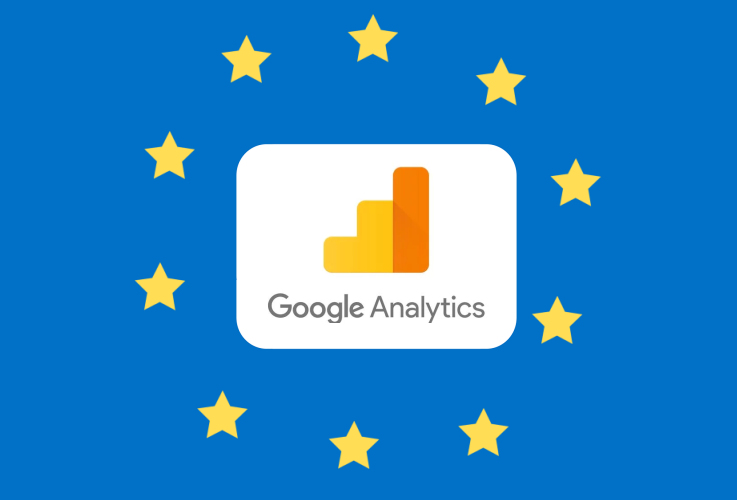
Google Analytics is a free service that enables you to find out everything there is to know about your website's visitors and their behavior. When used correctly, it can also tell you nearly everything you need to know about your marketing strategy. Here are 5 of the most common mistakes that website owners make which prevent them from making the most of Google Analytics:
1. Not Installing Google Analytics Properly
All of the data that Google Analytics collects about your website is sent via tracking code that is specific to each website property. If this code is not installed properly, or if it is not installed on every single page of your website, then any data returned by Google Analytics will be incomplete or wrong. New website owners are sometimes guilty of placing the tracking code in the wrong part of their HTML code, or installing it only on their homepage. Likewise, the marketing insights made available in Google Analytics will also be rendered almost useless if your online sales or conversion process involves more than one website but you have not enabled cross-domain tracking.

2. Not Setting Up Goals
"Goals" in Google Analytics are in fact a way of measuring "conversions" - an industry term for a website visitor who performs a desired action on your website - such as making a purchase, submitting your contact form or downloading a brochure. Only with this information will you know what visitors actually did when they visited their website, and thus which if your marketing channels are performing well. You can even assign monetary values to goals so that you can compare results directly with the costs of each of your marketing methods.
3. Not Linking Other Google Services
Google Search Console gives you an overview of how Google interprets (or "sees") your website, which is important because it uses several hundred factors to determine how your website ranks for specific search terms. If you don't already have it enabled, it's easy to get started with Google Search Console, but it's also important to link the Search Console with your Google Analytics account. Connecting the two accounts let you more clearly see how search engine traffic translates into specific activity on your website. Likewise, if you invest in any advertising with Google Ads, it's important that you link your Google Ads account with your Analytics account so that you have access to additional insight into the browsing behavior of your advertising traffic.
4. Not Interpreting Data Correctly
When viewing your Google Analytics reports it's important to differentiate between aggregate data and specific data. For example, the "Acquisitions" reports in Google Analytics shows you which online channels (such as social media, email, search etc.) deliver the most traffic to your website and which result in the most conversions. While this is a valuable resource, it's important to remember that some sources within that channel (for example traffic from Twitter within your Social Media channel) can be performing much better or worse than other sources within that channel. Likewise, while reports relating to a specific day can be useful, it's much more useful to concentrate on overall trends and determine whether key metrics are improving over time.

5. Not Automating
Most website owners don't have the time to dive into their Google Analytics as often as they would like, and when they do they often find the information available a little overwhelming. However, it is in your best interests to know immediately if something unusual has happened with your website, and Google Analytics has a feature that can actually let you know when that is the case. "Custom Alerts" are alerts that can be set up to let you know (by email or text message) when there are unusual changes to your website's traffic, bounce rates and more. And even when nothing unusual is happening, it's good to be able to see a quick overview of the metrics that are important to you (such as goal conversions) without necessarily having to login to your Analytics account and find the report you want. This can be achieved by setting up an automated email report the next time you are viewing a report that is important to you in your dashboard.
Conclusion
Optimizing the performance of your website and marketing approach would be almost impossible without the insights available from Google Analytics. But if your account is not set up properly or your data is incomplete then you are still not getting the information you need to make important decisions. You should therefore invest the time into making sure you are not making any of the most common mistakes outlined here.


